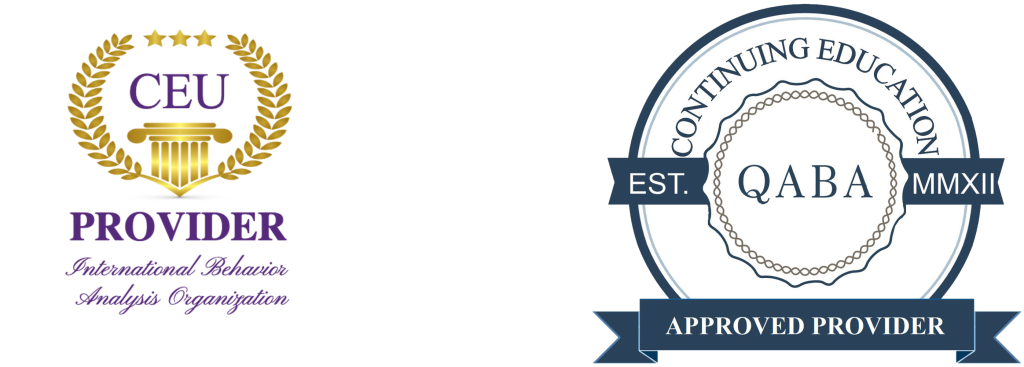The Secondary School Self-Determination curriculum was created to teach self-determination skills and achieve individualized life goals. It is composed of 57 lesson plans (27 in Level 1 and 30 in Level 2) with worksheets and exercises that guide the participants through their Self Determined Life Planning process. Students develop skills that are used in everyday life. The Self-Determination Curriculum helps the participant develop and learn how to achieve new goals and improve their quality of life.
Using evidence-based research from Wehmeyer, Agran, & Hughes (1998, 2012), the curriculum focuses on four essential characteristics to help participants become self-determined:
- Behavioural autonomy;
A behaviour is autonomous if the person is acting according to his own preferences, interests, and/or abilities in an independent manner, free from undue external influence; - Self-regulated behaviours;
This includes self-management strategies (such as self-monitoring, self-instruction, self-evaluation, self-reinforcement), goal setting and attainment behaviours, and problem solving behaviours; - Acting in a psychologically empowered manner;
People do so on the belief that 1) they have control over circumstances that are important to them; 2) they possess skills necessary to achieve desired outcomes; and 3) if they choose to apply those skills, the identified outcomes will result;Need to believe that you can act in an empowering manner – it’s not just about having the skill set to achieve desired outcomes; - Self-realization;
Use a comprehensive and reasonably accurate, knowledge of themselves and their strengths and limitations to act in such a manner as to capitalize on this knowledge.

